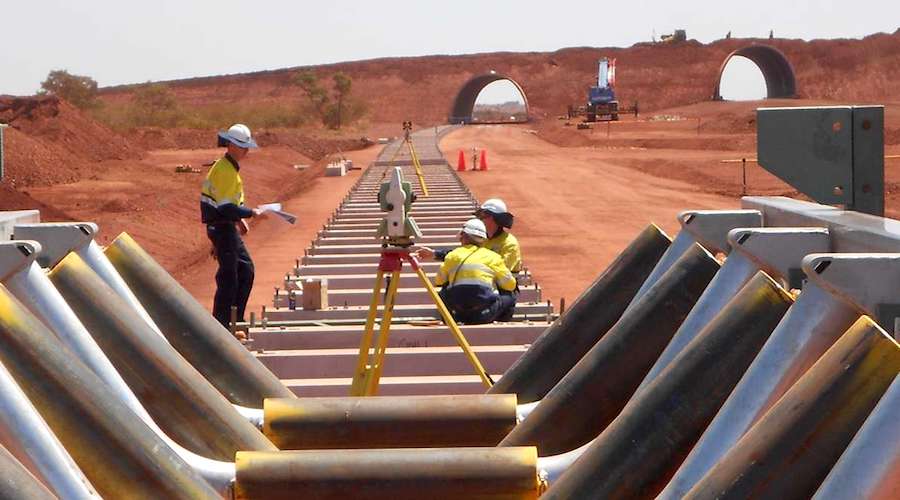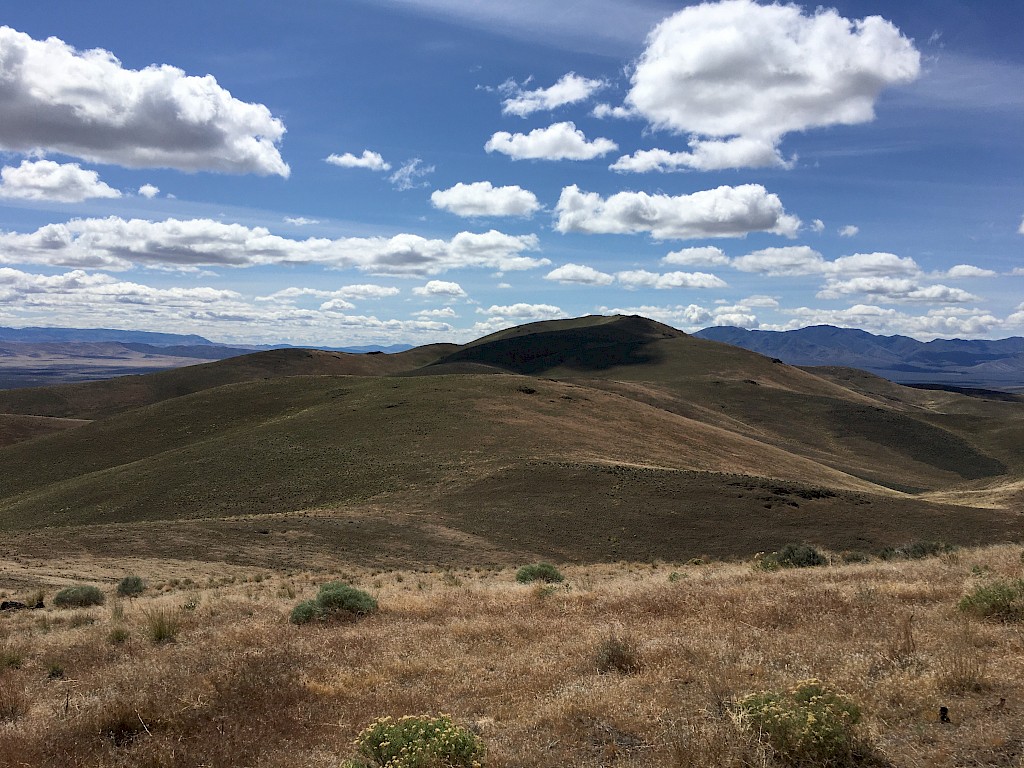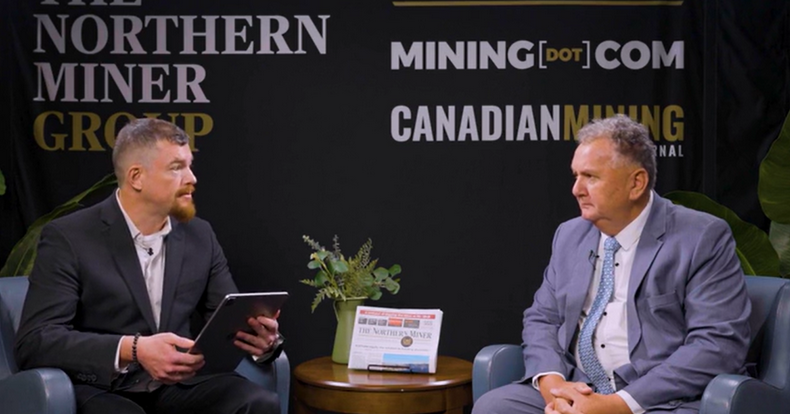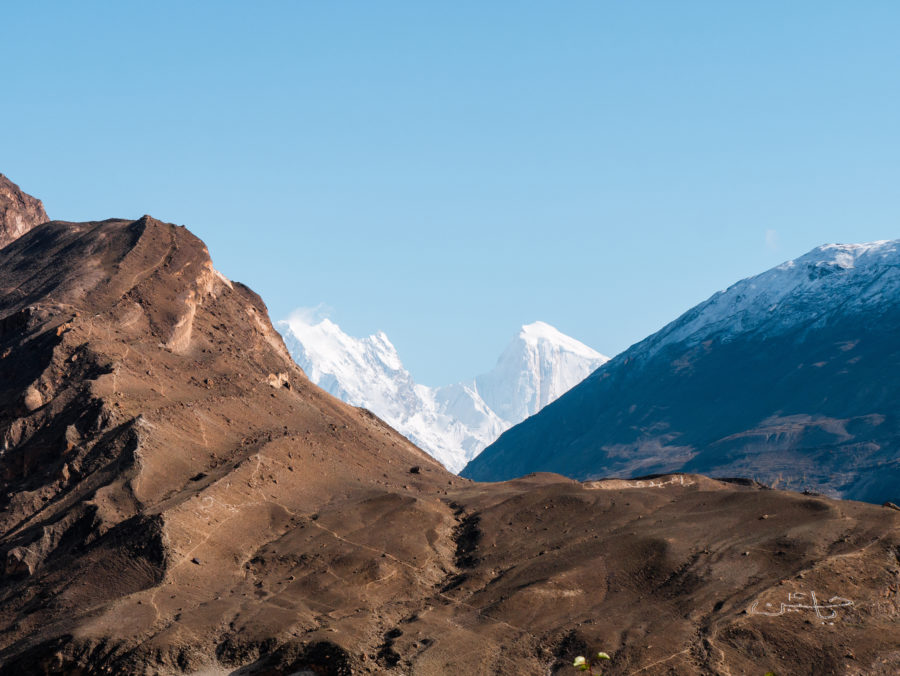Rio Tinto, BHP tie up in Australian ‘green iron’

Mining rivals Rio Tinto and BHP Group joined with Australia’s largest steelmaker on Friday to announce a pilot “green iron” project to help cut emissions for steelmakers around the globe who rely on Australian iron ore.
Australia’s two largest iron ore producers and BlueScope Steel will study the feasibility of building a pilot ironmaking electric smelting furnace (ESF), the country’s first, with a potential start date of 2027, according to a joint statement on Friday.
If successful, it could help slash the emissions involved in preparing iron for steelmaking. This “green iron” could help cut the carbon footprint of steelmakers around the world who rely on Australian iron ore.
The production of steel, a key material for infrastructure and the net-zero energy transition, currently contributes around 8% of global carbon emissions.
“The carbon intensity of iron and steelmaking requires profound change to meet the needs of our planet and our climate objectives,” Rio Tinto Iron Ore chief executive Simon Trott said.
One potential ambition for the project could be to make commercial quantities of “green iron” that could then be shipped to steelmakers in Asia, said Tania Archibald, CEO of BlueScope.
However, the pilot would need to run for several years, so commercial production was unlikely before the 2030s, she added.
The announcement was made at BlueScope’s Port Kembla steelmaking operations, Australia’s largest steel plant, roughly 75 km (47 miles) south of Sydney.
If successful, this would be the first partnership between the two global miners on a downstream project.
“If we can crack it, it’s going to be a significant uptick for the mining industry … Australia in general and the globe,” Tim Day, BHP’s incoming Western Australia iron ore asset president, said at a news conference.
The project will incorporate work done since October 2021 between Rio and BlueScope on ways to cut emissions during an earlier stage of the iron ore processing process by replacing coal with green hydrogen, known as direct reduction.
Iron ore could then be converted to direct reduced iron (DRI) before it is fed into an ESF. Together, the DRI-ESF equipment could cut emissions by more than 80%, the companies said in the joint statement.
The companies said they would assess several locations in Australia, the world’s top exporter of iron ore, for the proposed pilot facility.
The pre-feasibility study work program is expected to conclude at year-end.
Costs for the project will be shared equally, although the companies declined to provide any estimates.
BHP is also working with global engineering firm Hatch to design a similar electric smelting furnace pilot plant in Australia.
(By Lewis Jackson, Melanie Burton and Praveen Menon; Editing by Stephen Coates)
More News
Kinross buys 9.9% stake in Nevada-focused Eminent Gold
Eminent Gold currently has three gold exploration projects in Nevada.
April 07, 2025 | 03:21 pm
PDAC JV video: New Zealand aims to fast-track mining
New processes are to help the island nation develop its gold, coal and rare earth minerals while respecting Indigenous rights, says resources minister.
April 07, 2025 | 02:55 pm
US discusses tariffs, critical minerals with Pakistan
The Trump administration has also used prospects of engagement over critical minerals with others countries.
April 07, 2025 | 01:13 pm
{{ commodity.name }}
{{ post.title }}
{{ post.excerpt }}
{{ post.date }}




Comments